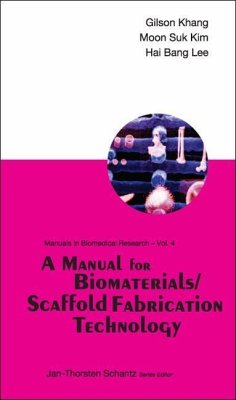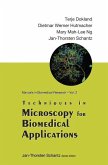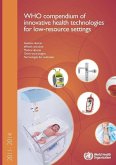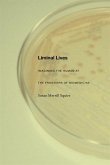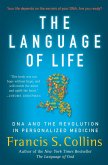Tissue engineering has been recognized as offering an alternative technique to whole-organ and tissue transplantation for diseased, failed, or malfunctioned organs. To reconstruct a new tissue via tissue engineering, the following triad components are needed: (1) cells which are harvested and dissociated from the donor tissue; (2) biomaterials as scaffold substrates in which cells are attached and cultured, resulting in implantation at the desired site of the functioning tissue; and (3) growth factors which promote and/or prevent cell adhesion, proliferation, migration, and differentiation. Of these three key components, scaffolds play a critical role in tissue engineering. This timely book focuses on the preparation and characterization of scaffold biomaterials for the application of tissue-engineered scaffolds. More importantly, it serves as an experimental guidebook on the standardization of the fabrication process and characterization of scaffolding technology.
Bitte wählen Sie Ihr Anliegen aus.
Rechnungen
Retourenschein anfordern
Bestellstatus
Storno

